Black door hinges make any room look stylish
Black door hinges add bold contrast and timeless s...
More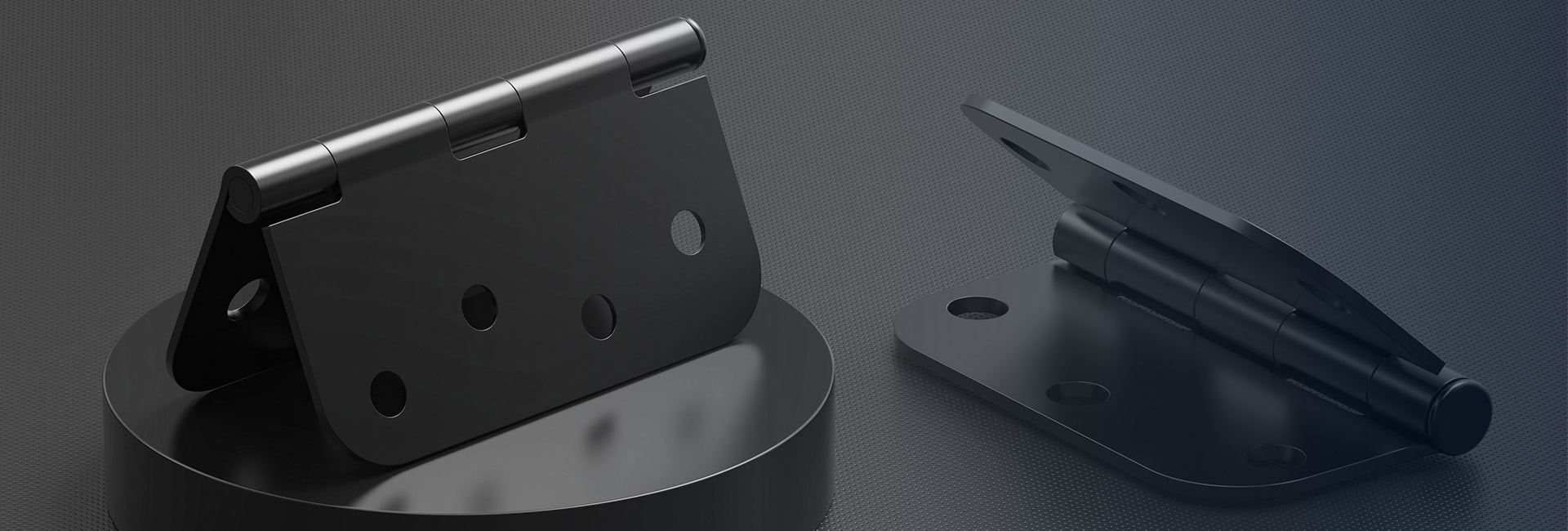

 40% Amazon Market Share
40% Amazon Market Share
 Door Hinges Brand on Amazon
Door Hinges Brand on Amazon
 Products Sold Worldwide
Products Sold Worldwide
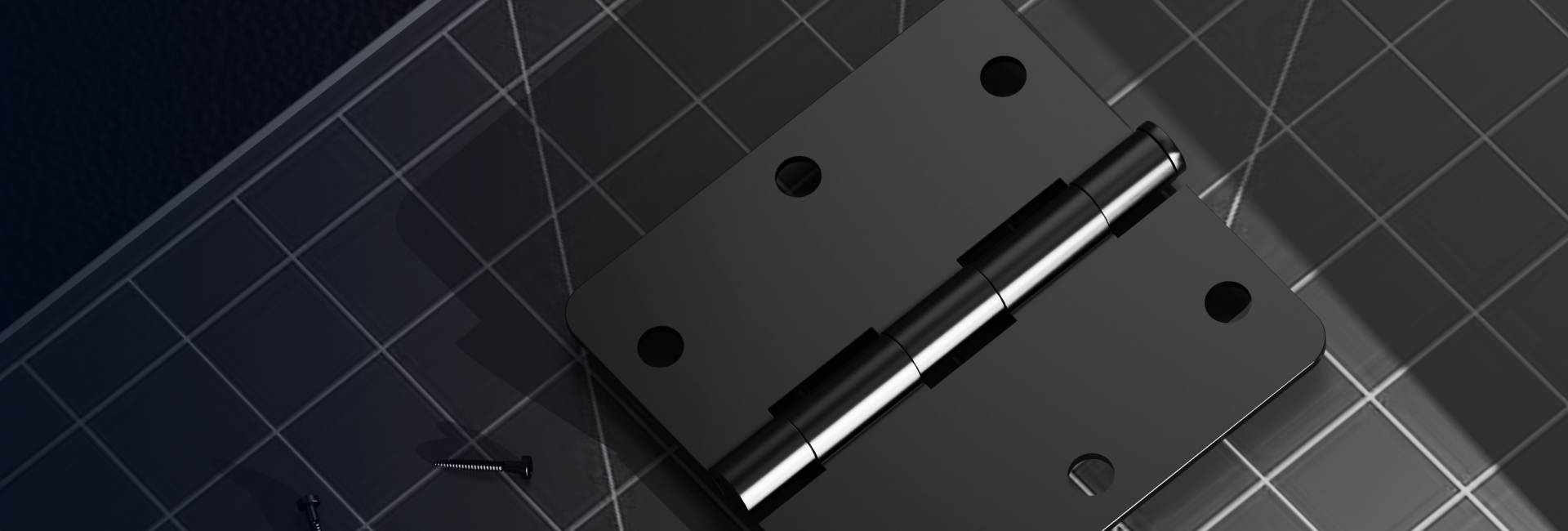

Wood door hinges are a fundamental component of cabinetry and furniture construction, specifically designed to facilitate the swinging motion of doors made from wood. Unlike hinges used for metal doors or other applications, these are engineered to work seamlessly with the specific density, weight, and screw-holding characteristics of wood. They form the pivotal joint between a door and its frame, allowing it to open and close smoothly. The term encompasses a wide variety of hinge types, including butt hinges, concealed hinges, pivot hinges, and strap hinges, each serving different aesthetic and functional purposes. The primary role of a wood door hinge is to provide both mobility and stability, ensuring the door operates reliably over its entire lifespan while supporting its weight without causing damage to the wood fibers. Selecting the correct hinge is critical, as it must be proportionate to the door's size and weight to prevent sagging or misalignment. The installation process involves precise mortising, or recessing, of the hinge into the wood to create a flush surface when the door is closed. This category of hardware is essential for everything from kitchen cabinets and bedroom wardrobes to grand entrance doors, making it a ubiquitous element in both residential and commercial woodworking projects.
The functionality and application of wood door hinges are vast and critical to the integrity of any wooden door system. Primarily, butt hinges are the most common type used for wooden doors. They consist of two leaves, one attached to the door and the other to the frame, connected by a pin. For heavy solid wood doors, such as entry doors, heavy-duty ball bearing butt hinges are recommended to handle the significant weight, often exceeding 100 pounds, and to withstand frequent use. Industry standards, like those from the Builders Hardware Manufacturers Association (BHMA), grade hinges for durability; Grade 1 hinges are for heavy commercial and residential entry doors, tested to over 1.5 million cycles. For cabinetry, the landscape is dominated by concealed hinges, also known as European cup hinges. These are adjustable in multiple directions (overlay, depth, and lateral) after installation, allowing for perfect door alignment. A standard kitchen cabinet door might use a hinge supporting 15-20 pounds, and soft-close mechanisms are now an expected feature in over 70% of new kitchen designs, preventing doors from slamming. Pivot hinges offer a modern, minimalist look, transferring the door's weight to the top and bottom of the frame, ideal for large or heavy doors where a continuous hinge line is desired. Strap and H-hinges are often chosen for their decorative, traditional appeal on rustic or period-style doors. The material of the hinge itself is equally important. While the hinge is metal, its compatibility with wood is key. Steel hinges are strong but can rust if not finished properly, hence the prevalence of zinc alloy, brass, or stainless steel with protective coatings like satin nickel or oil-rubbed bronze. The screw holes and the thread designed for wood are crucial; using coarse-threaded screws specifically for wood provides a much stronger hold than screws meant for drywall or metal. Data from hardware manufacturers indicates that improper hinge selection is a leading cause of door repair calls, with undersized hinges leading to sagging, which stresses the wood and can strip screw holes over time. The installation process itself, involving chiseling a mortise, ensures the hinge leaf sits flush, preventing binding and ensuring the weight is distributed correctly across the wood surface.
The decision to choose the right wood door hinges is driven by a combination of practical necessity and significant aesthetic and functional benefits that directly impact the longevity and performance of the door. Beyond simply allowing a door to swing, the correct hinges are a critical investment in the door's operational life, security, and overall visual appeal. They are not a generic component; the specific choice affects everything from the door's daily smooth operation to its resistance to wear and tear over decades. Selecting hinges designed explicitly for wood ensures that the hardware works in harmony with the material, preventing common failures like pulled-out screws, sagging doors, and split wood around the hinge area. The advantages extend to safety, as properly hinged doors function correctly in case of an emergency, and to energy efficiency, as a well-hung door maintains a tight seal. Furthermore, in an era where interior design is paramount, hinges contribute significantly to the style narrative of a space, offering finishes and designs that can either stand out as a statement piece or blend seamlessly into the background. The benefits of a well-chosen hinge system are measurable in terms of reduced maintenance costs, enhanced user satisfaction, and the preservation of the door's structural integrity. From a technical standpoint, the right hinge mitigates stress points, supports weight distribution, and accommodates the natural expansion and contraction of wood, making it an indispensable element for any quality woodworking project.
Opting for high-quality wood door hinges offers a multitude of tangible benefits that are supported by industry data and user experiences. Firstly, durability and longevity are paramount. A study on hardware failure points to hinges as the most critical factor in a door's functional lifespan. Heavy-duty hinges made from materials like 304 stainless steel or solid brass, with a corrosion resistance rating of at least 500 hours in salt spray tests (per ASTM B117), can last for decades without failing. For a standard interior door weighing 25-40 pounds, a standard 3.5-inch butt hinge is sufficient, but for an exterior solid wood door weighing 80-150 pounds, using three or four 4.5-inch ball bearing hinges is recommended to prevent sagging. This directly impacts security; a sagging door compromises the lock engagement with the strike plate, making forced entry easier. Secondly, functionality and user experience are greatly enhanced. The widespread adoption of soft-close technology in cabinet hinges, which began with brands like Blum and Grass, has become a standard expectation. These mechanisms use a hydraulic damper to gently guide the door closed in the last 10-15 degrees of movement, reducing noise and preventing damage from slamming. Market analysis shows that homes featuring soft-close cabinetry have a higher perceived value and are a key selling point. Thirdly, aesthetic customization is a major advantage. The finish of a hinge must be chosen to complement the door and room's hardware. Popular finishes like Matte Black, Polished Chrome, and Satin Brass are not just about color; the quality of the plating (e.g., PVD coating) determines its resistance to tarnishing and fingerprints. Fourthly, correct hinges ensure structural integrity. Wood moves with changes in humidity, and a properly installed hinge with the correct screw type (e.g.,
Select the most popular foreign trade service products to meet your diverse needs
Learn more about the dynamics and professional knowledge of the foreign trade industry
_7.webp)
Black door hinges add bold contrast and timeless s...
More.jpg)
Find the best residential interior door hinges by ...
More
Choose the best self closing hinges for exterior d...
More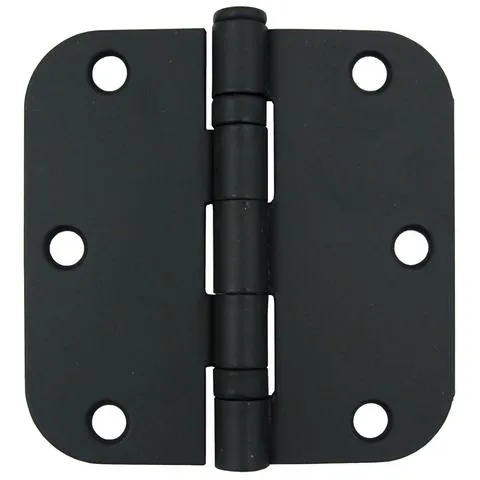
Black cabinet hinges add bold contrast, elegance, ...
More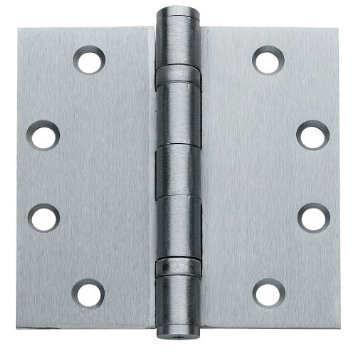
Choose stainless steel weld on hinges by matching ...
More.jpg)
Our 2025 review of heavy-duty weldable hinges rank...
MoreSelect the most popular foreign trade service products to meet your diverse needs
Explore more content related to foreign trade services

Tel: +8613325838282
Add: 6265 Providence Way Eastvale,CA 92880
User Comments
Service Experience Sharing from Real Customers
Michael Rodriguez
CarpenterThese wood door hinges are exceptionally durable and smooth-operating. The finish matches our oak doors perfectly, and installation was straightforward. Highly recommended for professional woodworking projects!
Sarah Chen
Interior DesignerBeautiful brass hinges that elevate our custom door designs. Clients love the seamless movement and classic appearance. Minor adjustment needed during installation, but overall excellent quality.
James Wilson
Property ManagerInstalled these hinges on 20+ apartment doors - zero complaints after 6 months. They handle heavy daily use without sagging or squeaking. Great value for commercial residential applications.
Emily Watson
Historic RestorerAuthentic reproduction hinges that meet preservation standards. The forged steel construction and period-correct detailing restored our 19th-century doors perfectly. Will source from this manufacturer again.